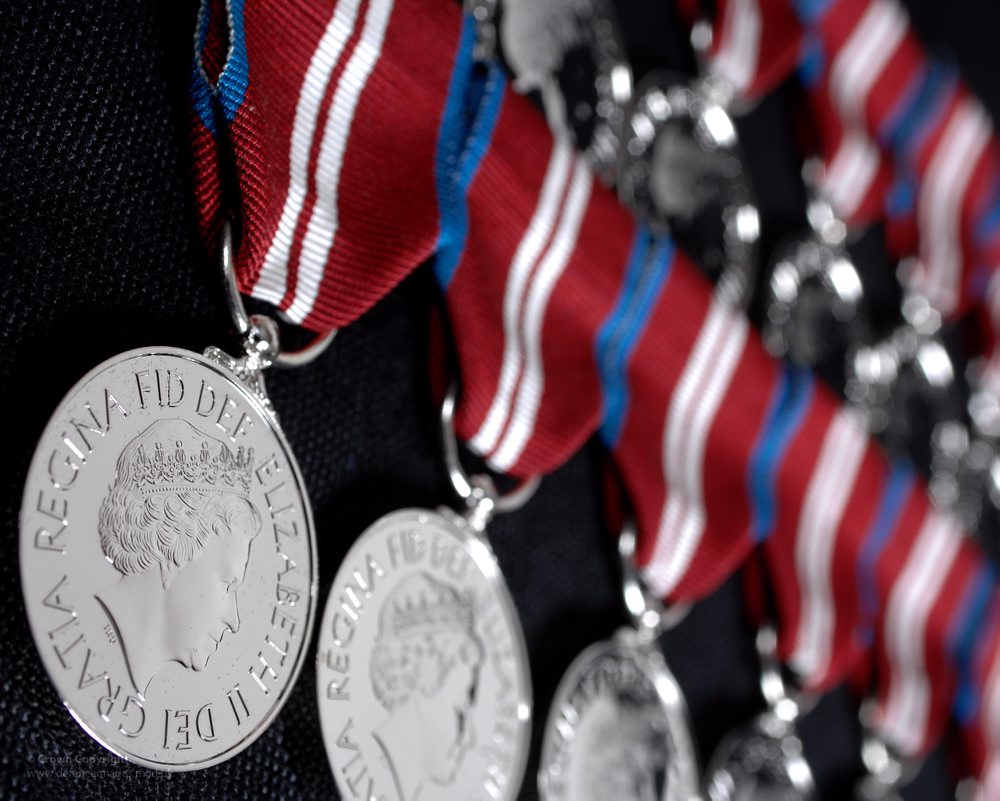Understanding the British Honours System & Knighthood
Understanding the British Honours System & Knighthood

The British honours system (which requires the traditional vowel enhanced spelling) is widely known of but, possibly, not always best understood. How do you become a Knight? What does OBE mean and who gets to wear a medal and who a ribbon? These are questions which require answering. So, here is a short guide to the more well-known honours and their meaning.
According to Debrett’s, “honours are awarded for gallantry on the field of battle, for courage shown in civilian life, for business, sporting or creative achievement, for service in the community or for service to the Crown at home or abroad”. Anybody can recommend a British national for an honour and most awards go to members of the public or civil servants. Nominations are divided into subject areas and assessed by eight committees comprising both senior civil servants and independent experts. Their assessments are passed to a selection committee that produces the list that is submitted to the Queen through the prime minister. The Queen formally approves the list of recipients and the honours are published in the official Crown newspaper, the London Gazette.
Honours are usually awarded on the Queens official birthday (first Saturday in June) or at New Year. This year’s June list will coincide with the Diamond Jubilee. Main categories include:
Life Peers – the only form of peerages regularly created by the Sovereign. A life peer becomes a baron and sits in the House of Lords. These are titles which they hold only during their lifetime and are not passed to their heirs.
Knights Bachelor – From the days of medieval chivalry, the method used to confer the knighthood is known as the accolade, which is the touch of a sword by the Sovereign. Those receiving the award are called “Sir” (except for clergymen who do not receive the accolade) and their wives “Lady”. Women receiving the honour are styled “Dame” but do not receive the accolade. Sir Mick Jagger was knighted (in 2003) despite the criticism of some fans and, famously, Keith Richards.
Orders of the British Empire – King George V in 1917 created these honours during World War I to reward services to the war effort by civilians at home and servicemen in support positions. The orders are now awarded mainly to civilians and service personnel. Ranks in the Order are Knight or Dame Grand Cross (GBE), Knight or Dame Commander (KBE or DBE), Commander (CBE), Officer (OBE) and Member (MBE). The last three of these are perhaps the most well-known and certainly the most anticipated when honours are announced as this is where those in areas such as Sport or the Arts will be honoured. 2012 saw the honouring of Bellatrix Lestrange with a CBE.
The Order of the Bath – An order of chivalry founded in 1725 for service of the highest calibre. The order has a civil and military division. The Order takes its name from the symbolic bathing which in former times was often part of the preparation of a candidate for knighthood.
Order of St Michael and St George – This Order was founded by the last King of America (George III) in 1818 and is awarded to British subjects who have rendered extraordinary and important services abroad or in the Commonwealth. Ironic really.
Royal Victorian Order/Medal – By 1896, prime ministers and governments had increased their influence over the distribution of awards and had gained almost total control of the system. Therefore, Queen Victoria instituted The Royal Victorian Order as a personal award for services performed on her behalf. Today this honour is still awarded in recognition of services to the royal family. The Royal Victorian Medal, which has three grades: gold, silver and bronze is a circular medal which is attached to the ribbon of the Order. It is possible for one to hold both awards.
Royal Red Cross – Founded in 1883 by Queen Victoria, The award is confined to the Nursing Services. It is said that the suggestion for the founding of this decoration was made to Queen Victoria by Florence Nightingale.
Reading this in the US or Canada and feeling the chance might have passed you by? Fear not, honorary awards to foreigners are recommended by the Foreign Secretary. These awards are for any nationality and include genius Frenchmen (and Gerrard Houllier). Of course, the honours system is not for everyone (see Keith Richards, above) and recently government was required to publish a list of those who had refused honours in the last 50 years of the 20th century, as long as they were now deceased. Despite this, the system remains popular with the public and 2012 will see the creation of a new award to celebrate the Jubilee. So look for that list in June.
What are your thoughts on the British Honours system? Which category would you like to be awarded with?
Add Paul on Google+
(Editor’s note: Paul Mattesini’s posts appear Tuesdays on Following the Equator. If you have a travel question for our resident expert tour director, or an idea for a blog post topic, you can email Paul here, and he will answer readers’ questions in future posts.)
https://blog.eftours.com/tours/british-honours-system-knighthood
Comments
Post a Comment